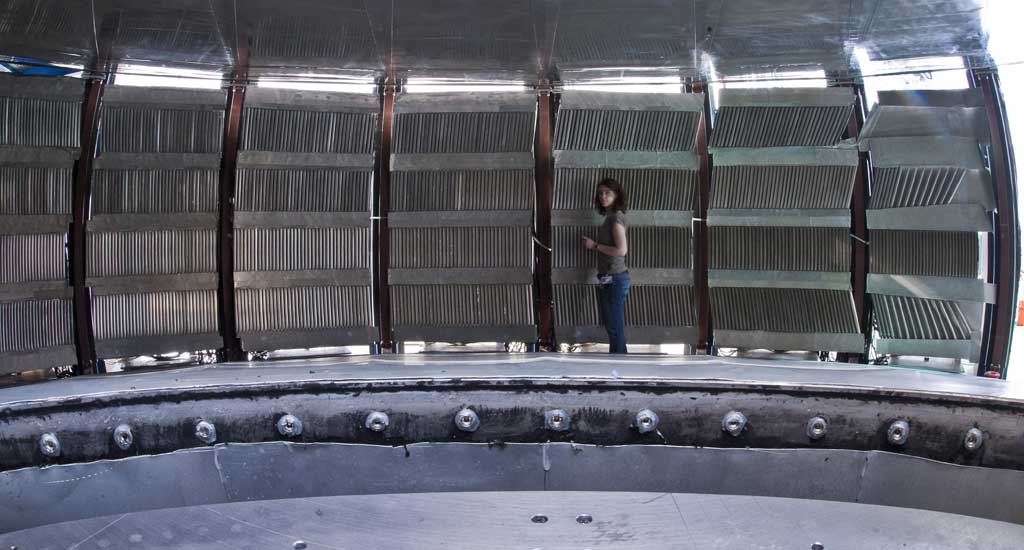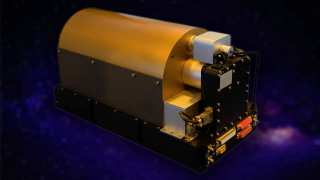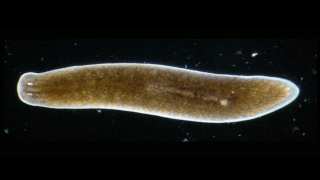Recently, scientists from the Media Lab of Massachusetts Institute of Technology (MIT) have developed a new imaging device that consists of a loose bundle of optical fibres, with no need for lenses or a protective housing. This revolutionary imaging system, called "Optical Brush", is a combination of techniques and ultrafast imaging using unconventional settings.
The Imaging Principles
Basically, the Optical Brush consists of a very large number of optical fibers, over 1,100 that are connected to an array of photo-sensors at one end, whilst the other ends are left free. Therefore, they can pass individually through micrometre-scale gaps in a porous membrane, to image whatever is on the other side.
The positions of the fibers’ free ends do not have to correspond to the positions of the photodetectors in the array. By measuring the differing times at which short bursts of light reach the photo-detectors, called “time of flight”, the device can determine the fibers’ relative locations. This technique is used to create order out of apparent chaos. How does this method work? An outgoing light signal is divided in two, and one of these, known as the reference beam, is kept locally. The other, known as the sample beam, bounces off objects in the scene and returns. The two signals are then recombined. The ways in which they interfere with each other yield very detailed information about the sample beam’s trajectory in the scene.
The system uses an algorithm that allows it to calculate the position of the fiber and to accurately calculate and map the two-dimensional image. The initial experiments, where only 300 micrometer fibers were used, resulted in blurry test images. The scientists found that with more fibers of a finer diameter, the resolution improved greatly without increasing the overall size of the bundle of fibers. Also, by sending many pulses through the fibers, calibration of images takes only a fraction of a second. The technique also uses interferometry, whereby the light waves are superimposed over one another, which further boosts the resolution of the images.
What Could the Optical Brush Do?
The MIT scientist Barmak Heshmat, who led the research into this innovative work, indicated that although the time of flight technique has been broadly used by the Media Lab group, it has never before been used as an imaging system: “Previous works have used time of flight to extract depth information. But in this work, I was proposing using time of flight to enable a new interface for imaging”.
Unlike fiber-optic systems conventional systems, the free end of the time of flight bundle doesn't need to line up with the array and can be left loose. Bundles of fibers can be fed through tubes and submerged in fluids, to image oil fields, aquifers, or plumbing, to localize a problem without risking damage to watertight housings. Tight bundles of fibers could fulfill the imaging requirements of endoscopes with smaller diameters as for the endoscopy of the small intestine, which is highly complex in structure, since they would require no additional electronics. By innovatively combining time of flight measurements and computational imaging the Optical Brush could be used for many imaging applications that have constraints in terms of environmental conditions or space.
However, for a commercial application, the system wouldn’t have the luxury of two perpendicular lasers positioned at the fibers’ tips. Instead, bursts of light will be sent along individual fibers and the system will gauge the time they take to reflect back. More pulses will be required to form a clear view of the fibers’ positions, but these pulses are so short that calibration would still only require a fraction of a second. It is expected that interferometric methods can improve the quality of the image for medical applications requiring very thin bundle diameter, and therefore keep the number of fibers low.
Top image: Wenzel Shürmann, FRMII/ TUM







No comment